Tower of London poppies: Final poppy is 'planted'
- Published
In Flanders Fields is read by poppy appeal collector Brian Coombs
A final ceramic poppy has been "planted" at the Tower of London.
Volunteers have spent months installing 888,246 hand-made poppies - each representing a British and colonial soldier who died during WW1.
It is thought about five million people have visited the artwork entitled Blood-Swept Lands and Seas of Red, external by ceramic artist Paul Cummins, from Derbyshire.
Berkshire cadet Harry Hayes, 13 "planted" the final poppy.

A two-minute silence was held moments after the Roll of Honour was completed and the last poppy planted
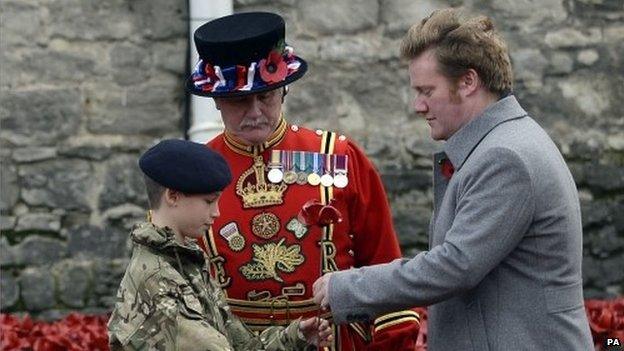
The last poppy was planted by cadet Harry Hayes, 13, from Reading Blue Coat School
The final names from the Roll of Honour were read out and the guns fired 21 times before the silence.
The title of the work was inspired by a line from the will of a Derbyshire serviceman who died in Flanders.
He described "the blood-swept lands and seas of red, where angels fear to tread".
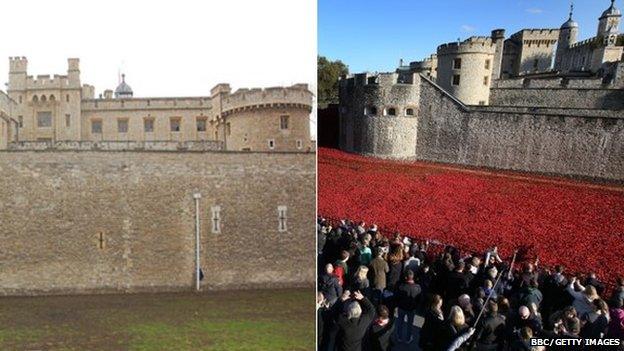
The moat surrounding the Tower of London has been turned into a river of poppies over the past four months
General the Lord Dannatt, Constable of the Tower of London, said an estimated five million people had been to see the poppies.
The former head of the British Army said: "The great thing about it is that people are engaged with this.
"I think they have taken ownership of it and the reason why I think they have done that is that specific number, 888,246 - not a random number - that is the number of British and Colonial soldiers who lost their lives in the First World War.
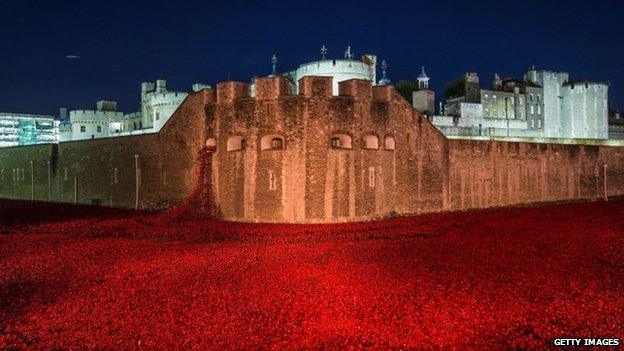
Floodlights are already being used to ensure more people get to see the piece
"Every poppy represents a life lost and a family shattered."
He said 17,500 volunteers had planted poppies while a team of about 8,000 volunteers would start dismantling the installation on Wednesday.
The weeping window and wave segments of the installation will be the final sections to be removed and will be on show until the end of the month.
Thousands of the poppies will then go on tour before being permanently based at the Imperial War Museums in London and Manchester.
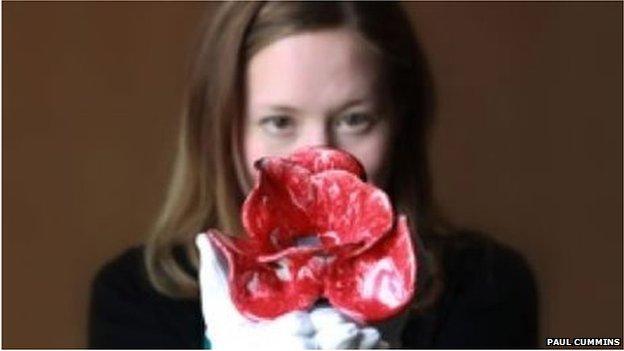
The poppies were individually hand-made in Derby
The prime minister said the display had "in a very short space of time become a much-loved and respected monument".
The poppies have been sold for £25 each with all net proceeds plus 10% of every sale being shared between six service charities, including Help for Heroes and the Royal British Legion.
It is thought the sales could raise in excess of £15m.

World War One Centenary
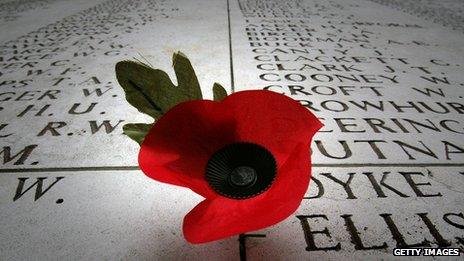

- Published11 November 2014
- Published9 November 2014
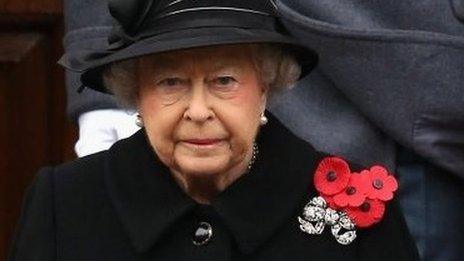
- Published8 November 2014

- Published7 November 2014
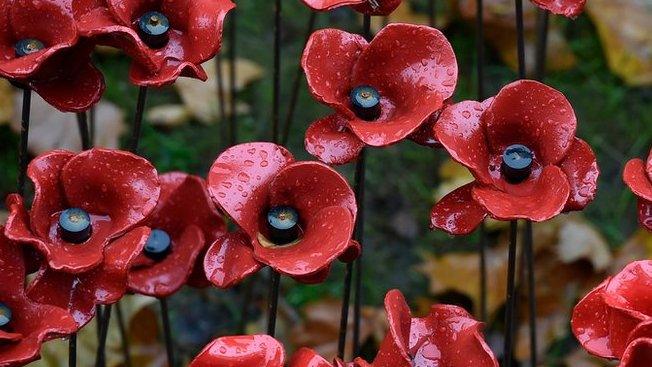
- Published6 November 2014
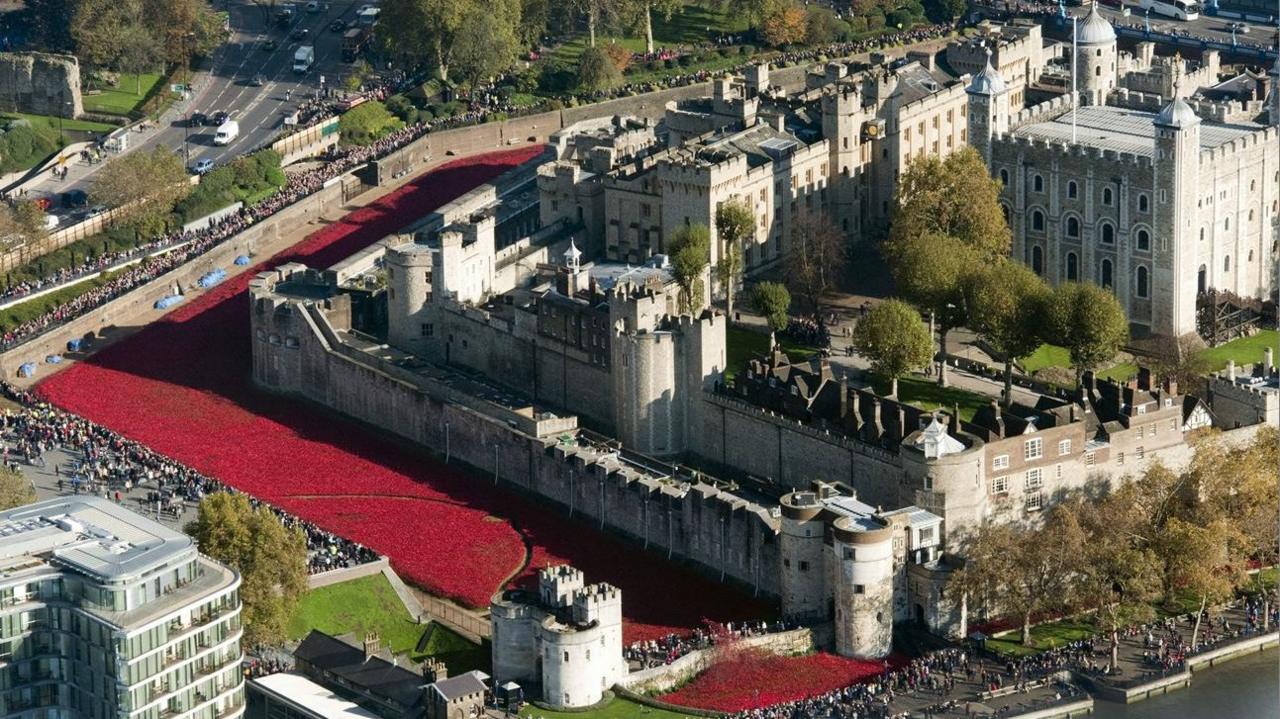
- Published5 August 2014
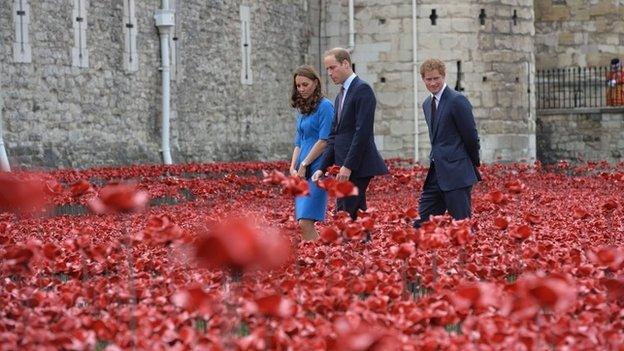
- Published31 October 2014
